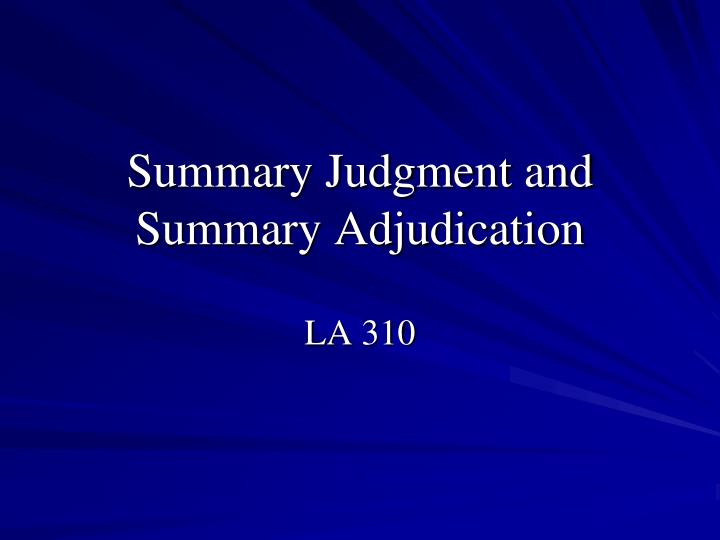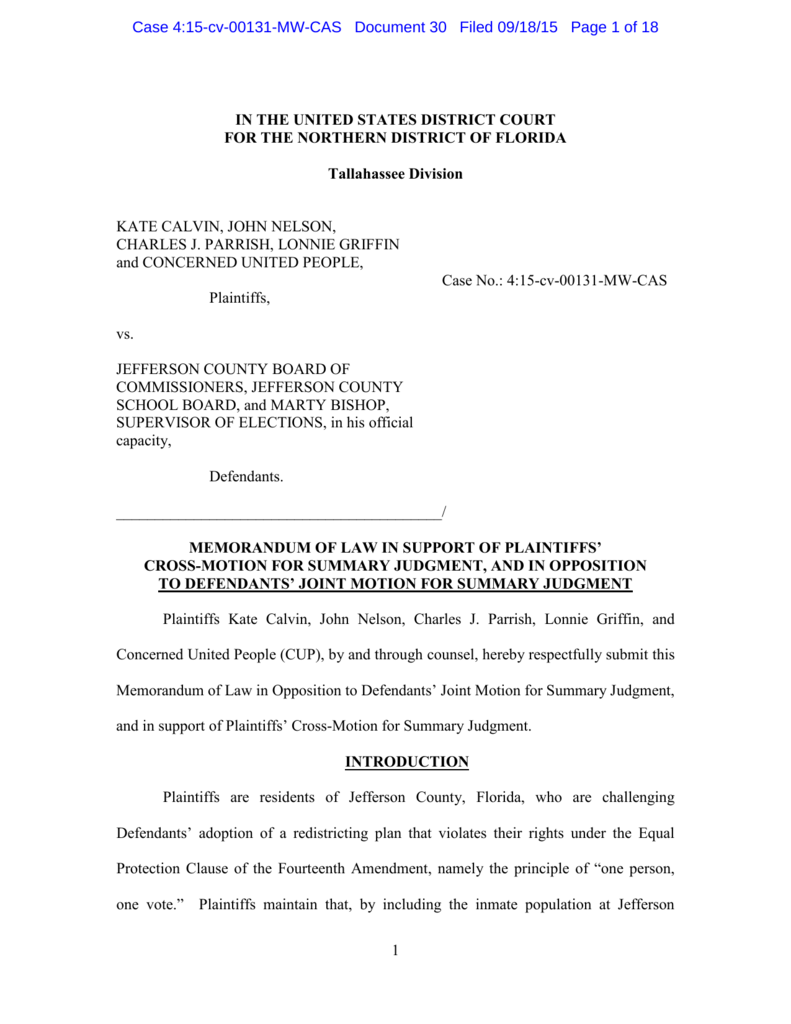


The court reaches a final decision based on statements, evidence, and other important facts in the case. In the United States federal courts, summary judgment is a common process used to resolve a lawsuit before going to trial.

Only the law and facts of the case will determine who prevails. Even if a plaintiff patentee doesn’t make or sell anything, it cannot recover pre-suit damages (absent providing notice) if a prior owner of the patent failed to mark its products covered by the patent.Summary judgment is essentially a legal shortcut used to simplify or avoid unnecessary trials. Here is how Judge Hall explained it in Innovative Memory: hen a plaintiff makes or sells a product practicing its patent, the plaintiff can only recover pre-suit damages from an infringer if (1) the patentee marked its product in the manner specified in § 287(a) or (2) the patentee notified the infringer of its infringement. These "pre-suit" damages can be at risk, though, if the patentee sold products that practice the patent and failed to mark them under 35 U.S.C. It's not uncommon, in patent cases, for the bulk of the damages to have accrued in the years prior to the plaintiff filing suit. Marking is an important and sometimes underrated issue. I wanted to post about one of the other issues Judge Hall addressed in that opinion: patent marking. That was actually just one issue the Court dealt with in a lengthy R&R and Order on a summary judgment and Daubert. My co-blogger Nate wrote yesterday about Magistrate Judge Hall's discussion of prior art estoppel in Innovative Memory Systems Inc. Here's an AI-generated patentee dealing with the burden of proof on marking. Thus, Plaintiff has gained a 4-page advantage by committing something more akin to a traffic violation than a felony.

Plaintiffs statement of facts, which has 12 pages of text, is (by eyeball) about 8 pages of facts that are scattered throughout its opening brief with about 4 pages of citations in support, which are omitted from the opening brief. Neither, however, is there anything expressly prohibiting what Plaintiff did. There is nothing in the scheduling order of this case or the later form order on the Courts website that would serve as encouragement for Plaintiff to do what it did. My practice for summary judgment motions does not permit what Plaintiff did. I expect counsel to know my practices, whether written or unwritten. He made this point quite clearly in an order last week responding to a motion to strike such a statement: Defendant requests that I strike Plaintiffs rogue statement of uncontested facts, which Plaintiff opposes. Judge Andrews, however, has never adopted the practice and actually does not allow parties to submit separate statements of fact (or at least, not ones that otherwise expand the page limits). Indeed, we talk about it so much that you could (almost) be forgiven for thinking that all of our judges require such a statement with their summary judgment briefing. Judges Connolly, Noreika, Williams, Burke, and Hall all require one, and it's a common-yet severe!-stumbling block in the district which has hobbled many a fine brief. We've talked quite a bit on the blog about navigating the concise statement of facts in summary judgment briefing. This process is intended to result in a single statement of facts that includes the parties' opening, answering, and reply positions as to each fact, in that order and in one document for easy readability: The result of this process will be a single, consolidated statement of facts that permits Judge Wolson to see each party’s position on each factual assertion in one place. The resulting combined statement of facts is then filed with the brief. The party serving the motion can then respond to that response. His new procedure requires parties to serve-but not file-their statement of fact in support of the motion 28 days in advance, so that the opposing party can respond on a fact-by-fact basis. In February, he implemented an interesting new procedure for summary judgment motions. His procedures tend to differ a fair bit from Delaware judges in some areas (particularly those involving redactions sealing). Judge Wolson is a visiting judge with a number of patent cases here in Delaware.


 0 kommentar(er)
0 kommentar(er)
